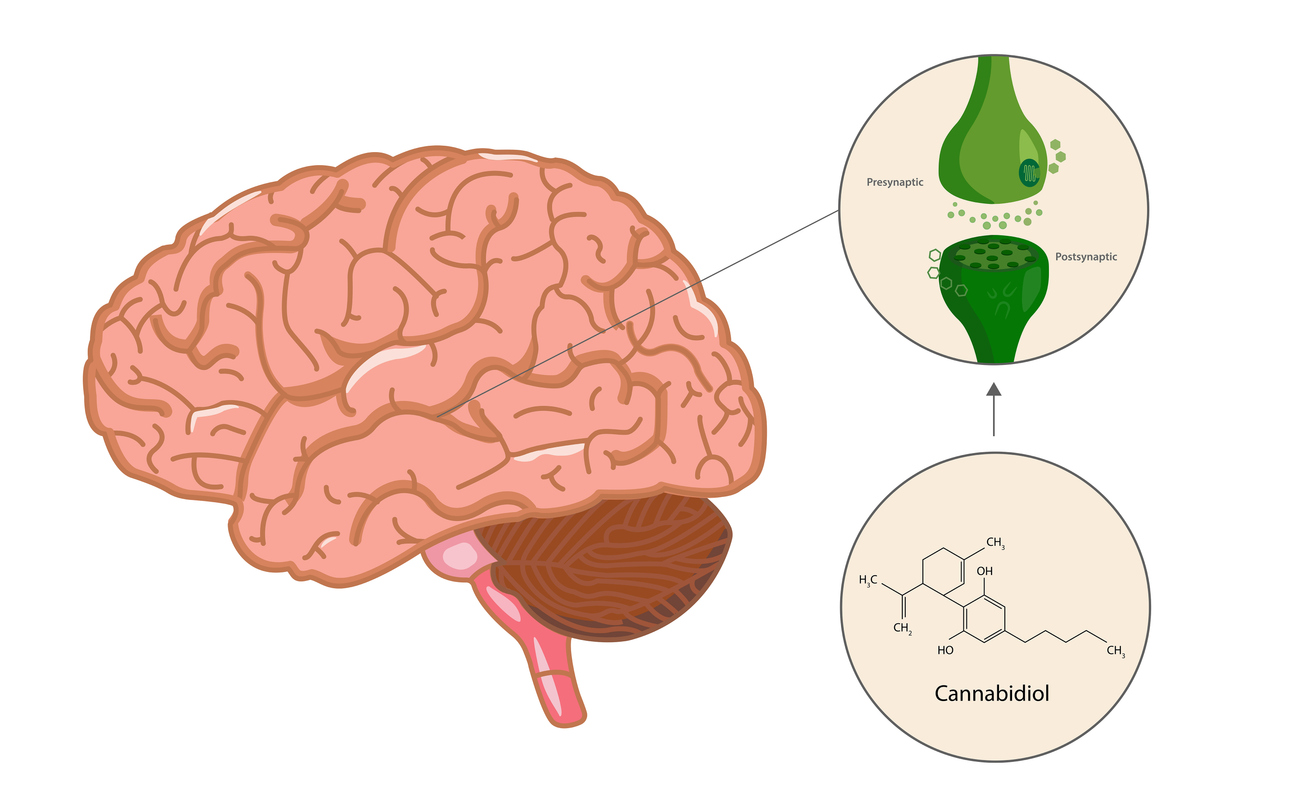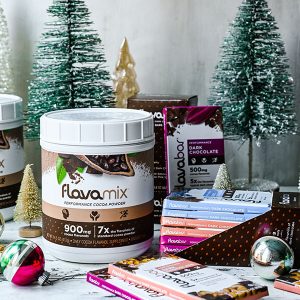“Dr. Hoffman, do you still eat peanuts?” That was a listener question recently on my Intelligent Medicine radio program.
Sure, I eat peanuts, but rarely now. There’s nothing like working your way through a bag of ballpark peanuts during a tense baseball game. The shells crunch so nicely underfoot. Or celebrating onboard the boat after a successful scuba dive with a couple of Reese’s Pieces—a devilishly salty/sweet blend of two addictive treats.
Why my hesitation?
First of all, peanuts are a trigger food for me. Not that I’m allergic; rather, once I get going, it’s hard to stop. Two tablespoons of smooth peanut butter deliver 188 calories, and once my knife (or finger!) goes in the jar, I could way exceed that. Sound familiar?
This was especially the case when I followed a low-fat vegan diet in the 70s and 80s. I guess my body was starved for fats and calories, and peanuts and peanut butter were a “legal” way to circumvent the restrictions.
Historically, peanuts are a bit of an anomaly for Northern European populations. While probably originating in South America, they made their way to Spain (and eventually Africa and Asia) on the ships of Spanish explorers. Long cultivated in Africa, they were only popularized in America in the 1800s. According to aboutpeanuts.com:
“When Africans were brought to North America as slaves, peanuts came with them. Slaves planted peanuts throughout the southern United States (the word goober comes from the Congo name for peanuts – nguba) . . . The first notable increase in U.S. peanut consumption came in 1860 with the outbreak of the Civil War. Northern soldiers, as well as Southern, used the peanut as a food. During the last half of the 19th century, peanuts were eaten as a snack, sold freshly roasted by street vendors and at baseball games and circuses.”
At the turn of the 20th century, George Washington Carver was responsible for agricultural innovations that resulted in improved peanut cultivation. But he didn’t invent peanut butter. That distinction belongs to George Bayliss who first sold peanut butter in 1894.
“Soon, mechanized machinery simplified peanut harvesting and processing. Peanut production rose rapidly during and after World Wars I and II as a result of the peanut’s popularity with Allied forces.”
Today, more than 80% of peanut butter is “extended” with hydrogenated oil, a cheap shelf-stable ingredient that improves spreadability and prevents bothersome separation. Peanut butter delivers almost no omega-3 polyunsaturated fat; its fat is about 20% of the linoleic acid omega-6 variety, with the rest mostly monounsaturated, including oleic. Because it’s low in saturated fat, peanut butter is often touted as a superior alternative to full-fat dairy.
Popular commercial brands are often spiked with sugar or high fructose corn syrup and other additives. For instance, Jif’s ingredients include:
“Roasted Peanuts, Sugar, Contains 2% Or Less Of: Molasses, Fully Hydrogenated Vegetable Oils (rapeseed And Soybean), Mono And Diglycerides, Salt.”
Not to mention that some supermarket brands, especially those directed at kids, are ribboned with jellies, chocolate, even marshmallows.
Therefore, read labels and search for “Natural” or “Organic”. Ingredients should be “peanuts and salt”—period. It turns out that conventional peanuts—but not those labeled as “organic”—are treated with glyphosate “as a plant growth regulator”. Peanuts are among the crops most heavily sprayed with pesticides and herbicides.
By comparison with cheese—whose sales it recently eclipsed—peanut butter is about 50% more caloric per serving. And peanuts deliver protein, but its amino acid profile is skimpy in the branch chain amino acids essential for muscle maintenance and growth.
The prevalence of peanut allergies is soaring—increasing threefold in the last 15 years. Part of the reason is that peanuts are a relatively novel food for people originating from northern latitudes. But it may be that other factors—antibiotics, food additives, agricultural chemicals, or poor-quality diets—are having an impact on the gastrointestinal immune system, altering its discrimination between friend and foe.
An alternative theory contends that dry-roasting peanuts—which makes them way yummier—alters their protein composition, rendering them more “foreign” and allergenic. A recent study showed that mice that had already been exposed to dry-roasted peanut protein had a greater immune response than the mice exposed to raw peanuts. This may partially explain why people in the West who mostly feast on dry-roasted peanuts have more peanut allergies than inhabitants of Asian countries who consume equivalent amounts of them—but raw, boiled or fried.
At any rate, allergists have done a 180 on advice to parents of small kids: Once told to withhold peanuts from infants until their immune systems mature, they’re now counseled to introduce small amounts of peanuts early to build tolerance in kids. And a recent study, the LEAP (Learning Early About Peanut allergy) trial, confirmed that early introduction of peanuts even in high-risk infants prevents childhood and adolescent development of peanut allergy for most.
Let’s nerd out on some of the frequent objections to peanuts . . .
Lectins: Fans of the Paleo Diet, the Whole Food Diet, or the Carnivore Diet argue that plants contain “anti-nutrients” and toxic components that are poorly tolerated . . . by some people. These include trypsin inhibitors which make seeds hard to digest. Indeed, the word “peanut” is a misnomer; peanuts bear little similarity to tree nuts. They are legumes, like beans. Some people lack the digestive capacity to process legumes: “Beans, beans, the musical fruit”—you know, the thing.
That’s why I generally recommend that nuts be consumed roasted, rendering them somewhat more digestible.
Then there are lectins. These are compounds present in plants that defend plants from predators and protect against viral, bacterial and fungal infections. Dr. Stephen Gundry in his 2017 book “The Plant Paradox” advocates lectin avoidance:
“ . . . while plant foods are generally considered healthy, some of them contain lectins, which lie at the heart of many of today’s common health problems including inflammation, leaky gut, autoimmune diseases, obesity, and cancer.”
While some people obtain relief of their symptoms with lectin avoidance, it’s my opinion that their improvements may not be entirely ascribable to relief from the alleged harms of lectins; other factors, such as reduction of bacterial overgrowth (SIBO), may be afoot. Regardless, roasting peanuts dramatically reduces their lectin content.
The Peanut Institute, albeit conflicted, argues that human studies on the effects of lectins have yielded inconsistent results, some even suggesting anti-cancer and anti-viral benefits.
Aflatoxins: For a while, a belief prevailed that peanuts were a source of deadly aflatoxins. This is a big concern in the 3rd World, where peanuts are harvested and stored in conditions that render them susceptible to mold infestation. Aflatoxins are the real deal:
“Dietary exposure to aflatoxins may result in severe toxic and carcinogenic outcomes in humans and animals. Aflatoxin toxicity may result in nausea, vomiting, abdominal pain, convulsions, and other signs of acute liver injury. Long-term exposure also leads to various complications like growth retardation, cirrhosis, and hepatocellular carcinoma.”
But this remains a problem only in rural developing nations—not in industrialized countries. You better believe that the U.S. peanut industry—valued at eight billion dollars in annual sales—is all-in on rigorous testing. So, not an issue for American consumers.
Brain allergy: Sometimes referred to as “cerebral allergies”, this theory holds that long-term—even subclinical—food allergies can affect the brain. And why not posit that peanut allergy, which is deadly for some and merely a source of minor symptoms for others, exists on a continuum? There’s a possibility that food allergy sufferers may be unaware that sustained immune activation, even below the threshold of awareness, may be targeting organ systems, even impacting behavior and possible hastening neurodegeneration.
This is familiar to practitioners of environmental medicine, who address childhood behavioral problems—even autism—with elimination diets. Most commonly the culprits are gluten, casein, and yeast, but any food may be implicated. One 2019 study found distinct brain changes in sufferers of food allergies:
“Accumulating evidence supports an increase in emotional and behavioral problems in patients with food allergy, but the underlying mechanism remains poorly understood. Here we found that in addition to inducing an increase of allergic factors in serum, food allergy also increased levels of antigen-specific immunoglobulins and mast cell marker in the brain . . . Taken together, our study provides some evidence for profound effects of food allergy on brain functions, and thereby provides scientific basis for a better explanation of emotional and behavioral problems among patients with food allergy.”
On the other hand, reassurance comes from a Harvard T.H. Chan School of Public Health study that concluded that “a diet that includes peanuts may help prevent age-related cognitive decline.” A qualifier is that the richly-endowed Peanut Institute is a substantial underwriter of research that reflects favorably on peanuts’ health benefits.
Oxalates: Lately, much has been made of the alleged harmful effects of dietary oxalates. The book Toxic Superfoods: How Oxalate Overload is Making You Sick, by Sally K. Norton, who I interviewed recently on an Intelligent Medicine podcast episode, makes the case that a wide variety of pain syndromes, neurological conditions, digestive issues, and urogenital problems transcend the classic association of oxalate overload with kidney stones.
Indeed, there’s a case report of a patient who was hospitalized for kidney failure after binging on peanuts for three weeks. His kidneys were found to be riddled with oxalate crystals.
But he had also gone on a bender downing “five bottles of Korean distilled spirits and 20 bottles of beer daily without meals for five days.” Not to mention that he was diabetic and on multiple meds.
While peanuts are a source of oxalates, their content is meager compared to classic sources like rhubarb, spinach, potato skins, cocoa and black tea.
VERDICT: Yes, I eat peanuts, but they’re more an occasional treat than a daily staple.







